 |
||
|
||
|
Privacy Policy | Editorial Policy | Profit Policy | Join the Association | List of Members | Contact us | Index | Links |
||
|
Back Go to page: 1 2 3 4 5 6 7 8 9 10 11 12 13 14 15 16 17 18 19 20 Forward |
||
|
It's Elementary.
Anthony Element.
|
||
|
|
||
|
How To Make A Living Out Of Being: (Nearly Always) - Wrong!
Harvey and I were in our usual late afternoon position, i.e. kicked back in a couple of folding chairs in front of his garage, tinnies in hand, watching the sun slip down behind the hills across the valley.
You all know Harvey by now. Suffice to say, we’re mates, him and me.
At times like that – well, pretty much any time really – Harvey likes to listen to The Grateful Dead at a volume that blisters paint, but right then the record – yeah, Harvey’s a bit of a traditionalist - had ended and neither of us had quite worked up the energy to go and change it.
Harvey took a sip, belched from deep in his capacious stomach and, with a meditative expression, said, “Have you ever wondered why anyone would choose a profession where you’re paid to make predictions and you’re almost always wrong? Be bloody frustrating.”
“Well,” I replied, “my Uncle Clem used to bet on the nags.”
“No, I mean as a job, not a hobby.”
“I think Clem thought it was his job. His missus must’ve thought so too, ‘cos she reckoned that’s all he ever did. Not that he was much good at it, mind.”
“Forget your Uncle Clem,” Harvey said. “I’m talking about being an economist.”
I didn’t really know what to say to that so I kept quiet.
After taking another drink, he continued, “For a hundred years economists have been trained to believe nonsense. Consequently, they’re nearly always wrong.” “Sometimes, they get it right,” I said.
“Well, yeah… sometimes. But there are tens of thousands of economists in the world, so statistically a few of them are bound to be right… sometimes.”
“So, “I ventured, “What’s this nonsense they’re trained to believe?”
Harvey folded his drained tinnie and with unerring precision, flicked it dead centre into his dedicated, ‘Empty Tinnie Bin’. It’s nearly always full, but God help anyone who puts anything other than empties in it.
“First of all,” he said, “did you know there’s no such actual thing as an ‘economy’?”
“That’s going to come as a surprise to Joe Hockey,” I murmured.
“What we call the economy is simply the end result of billions of decisions people and governments make all the time. But it’s not a thing and nobody controls it. It’s like the company ute. Everybody drives the ute, nobody’s in charge of it, so it’s always dirty. Same with the economy. Nobody’s in charge of it, but everybody’s part of it, so it’s always a mess.”
“So why don’t they put someone in charge?” I asked.
“Yeah, well, the Communists tried that. Didn’t work out too well for them.”
I levered myself out of my chair and retrieved a couple of cold ones from the fridge. “That all sounds reasonable, so what’s this nonsense bit you reckon economists are trained to believe?”
“Well, economists are trained to believe in the Rational Market, and that there’s no such thing as good or bad in economics. Both ideas are what’s technically known as ‘garbage’.”
Harvey was clearly on a roll, so I sat quiet and just let him… roll.
“First off, the Theory of the Rational Market says that all the buying and selling decision we make are rational; that we decide based on logic.”
“Well, don’t we?”
Harvey pointed with his tinnie, at his pride and joy parked in the
middle of the garage, an immaculate, gleaming Harley. “That bike is as
dear as poison to buy, does about three times the speed limit, can be
cantankerous and is as heavy as all get out. But there’s a way it feels
to sit on. And there’s the way I feel when I sit on it. And it has this
sound when I give it some. And, well, it’s a Harley. Logically, it was a
stupid thing to buy. But it was one
The way he said that, I almost expected him to wipe a tear from his eye.
“See,” Harvey continued, after spending a moment contemplating his beloved bike, “we don’t make logical buying decisions; we make emotional ones and then try to justify them logically.
So, the economy is really driven by psychology, not logic.”
Harvey drained half his beer in one slug. “And that, me old mate, is one reason why economists are nearly always wrong.”
“So,” I asked, “What about this good and bad thing?”
“Well, economists are trained not to make value judgments about how money is made. As long as there’s a profit, it’s cool. One of the key measures economists use is GDP, Gross Domestic Product, which is the value of all the goods and services produced in an economy. Are you with me so far?”
“Yeah… I think so,” I replied.
“Well, all the businesses in a country contribute to GDP and one kind of
business is panel beating. So, one way we could improve Australia’s GDP
is to have heaps more car accidents. There’d be more money made by panel
beaters, more new cars sold, more
“Well, that’s just crazy,” I said.
“See,” Harvey replied. “You’re getting it. A good many of the mongrels on Wall Street that caused the Global Financial Crisis were trained in economics. They couldn’t see a problem with screwing over their clients and the banks’ customers, as long as it was legal and made a profit. A fair few of them were trained in law too, but that’s another story.”
I thought about this for a while. “But,” I said, “It’s economists that advise governments.”
“Yeah,” Harvey replied. “Bit of a worry, that.”
This conversation was starting to make me a tad nervous. “Well, in that case, governments are being advised by people who are nearly always wrong.”
“No kidding,” Harvey replied. “But, there’s at least one great thing about being an economist.”
“Really?”
“Yep. At least when an economist is on the unemployment line, he’ll be able to come up with a good theory as to why he’s there.”
Somehow, that didn’t make me feel even a little bit better.
Anthony V Element OAM
Observation Point (Founder and Editor)
|
||
|
I was reading about a young woman who agreed to bare her boobs in return for a free tattoo. Yes, it was a classic case of tit for tat.
|
||
|
WWII German Flak Towers. The Flak Towers were large, above-ground, anti-aircraft gun blockhouse towers constructed in the cities of Berlin (3), Hamburg (2), and Vienna (3) from 1940 onwards. Stuttgart and Frankfurt also used them later in the war. Smaller single-purpose towers were also built at key outlying German strong-points, such as at Angers in France and Heligoland in Germany.
They were used by the Luftwaffe to defend against Allied air raids on these cities during World War II. They also served as air-raid shelters for tens of thousands of people and to coordinate air defence.
After the RAF's raid on Berlin in 1940, Adolf Hitler ordered the construction of 3 massive flak towers to defend the capital from air attack. Each tower had a radar installation with a retractable radar dish (the dish was retracted behind a thick concrete and steel dome in order to prevent damage in an air raid).
The flak towers, the design of which Hitler took personal interest in and even made some sketches for, were constructed in a mere 6 months. The priority of the project was such that the German national rail schedule was altered to facilitate the shipment of concrete, steel and timber to the construction sites. With concrete walls up to 3.5 m (11 ft) thick, flak towers were considered to be invulnerable to attack from the usual ordnance carried by Allied bombers. Aircraft generally appeared to have avoided the flak towers.
It is easy to shrug the shoulders and dismiss the amount of protective power offered by a flak tower. It isn’t until the full scale of these constructions is revealed that one realizes that they were designed to afford the maximum repellent possible to enemy aircraft. They were, to a greater extent, considered invulnerable. The three that encircled Berlin were, on their own, able to protect the city, such was their enormity.
The towers were able to sustain a rate of fire of 8000 rounds per minute from their multi-level guns, with a range of up to 14 km (8.7 mi) in a 360-degree field of fire, however only the 128 mm (5.0 in) guns had effective range to defend against the RAF’s heavy bombers. The three flak towers around the outskirts of Berlin created a triangle of formidable anti-aircraft fire that covered the centre of Berlin. They had also been designed with the idea of using the above-ground bunkers as a civilian shelter, with room for 10,000 civilians and a hospital ward inside. The towers, during the fall of Berlin, formed their own communities, with up to 30,000 Berliners taking refuge in one tower during the battle. These towers, much like the keeps of medieval castles, were some of the safest places in a fought-over city and so the flak towers were some of the last places to surrender to USSR forces, eventually being forced to capitulate as supplies dwindled.
For a time after the war, the conversion to representative objects with decorated facades was planned as their demolition was, in most cases, not feasible and many remain imposing to this day - such as the tower in modern day Hamburg, left. The anti-aircraft installations on the roof were something to behold. The design – although hurried – did the trick. It is said that Hitler took an interest in their construction and the dormant artist in him came back to life. He made several sketches of the towers in their design stage.
Although none remain whole in Berlin today as they were destroyed at the end of the War, there are still some surviving examples, such as the ones in Hamburg. The first is in rather better condition than the second. The first, in Heiligengeistfeld has had a variety of uses since its original – it has housed various music-themed organizations, from shops to a school – and even a night club.
|
||
|
|
||
|
|
||
|
The L Tower in Vienna is now an aquarium. Instead of weapons of war and people huddling from falling bombs it now houses over three and a half thousand animals, with huge fish tanks containing sharks, turtles and piranhas. There is even a new tropical house with free flying birds and free-running monkeys.
Of course, not all of the flak towers were rehabilitated to such fine ends. All of the Berlin ones were destroyed or partly demolished at the end of the war. When Berlin had been assaulted, the Soviet army discovered that they were unable to do significant damage to the towers, even with their 203mm howitzers. So, what they did was invade the city by skirting around the towers. Special envoys had to be sent eventually to the towers to negotiate their surrender, such was their impregnability. The Zoo Tower (below) was one of the last points of defense in Berlin.
In both these1942 pictures of the G-Tower. You can see the L-Tower in the distance. Both towers were demolished after the war, with G-Tower being blown up in 1947. There was no room in post-war Berlin for such installations, particularly as the city was the centre of a new dispute that came eventually to be known as the Cold War.
The size of these towers can be seen from the pic below.
|
||
|
|
||
|
|
||
|
Q. How can you identify a Polish bloke as a Cock fight? A. He's the one who brought the duck. |
||
|
|
||
|
Luftwaffe Over New York, a WW2 Secret or a Furphy??
The story goes that on August 27th 1943, a German Luftwaffe long-range
photo
The Ju-390 was twice the size of the B-29 Superfortress. It was powered by six 1,500 hp BMW radial engines and it had a range of 18,000 miles without refuelling. (1st clue)
This was to be the longest photo-recon mission flown by an enemy airplane in World War II. Nine hours later, the Junkers was over Canada and swinging south at an altitude of 22,000 feet. In the next few hours, it would photograph the heavy industrial plants in Michigan that were vital to the United States.
By noon on August 28th the gigantic six engined bomber was over New York
City, where it finally was spotted by the US Army Air Corp. but by then
it was too late. The Junkers
Anna had flown Ju-52 Trimotors into the streets of Stalingrad when it had been surrounded by the Red Army. Many times her plane had been riddled with bullets so badly that she landed with only one engine running while the other two were on fire. In 1945 she was assigned to fly the jet fighters that Germany was producing. One of these jet fighters was the Horten V9 flying wing. It was powered by two Jumo turbo-jet engines, which enabled it to fly at 600 mph. It was armed with two 30mm cannon and air to air missiles.
Anna never scored any victories in the Horten. While taxing in the snow an American Sherman tank crew captured her after she had turned off the engine and pulling off her flight helmet they thought she was a movie star!! For the next six months she poured coffee for the US Army and did not spend one night in a POW camp. Everyone thought she was part of Bob Hope’s USO show!!
he story continues that the German Junkers Ju 390 was a long range heavy bomber aircraft design, intended to be able to strike at locations along the east coast of the United States. The Ju 390 itself was a further development of the Junkers Ju 290 (below) and was also tasked to fulfil the roles of maritime reconnaissance and transport in addition to its bombing duties.
|
||
|
|
||
|
|
||
|
The Ju 390 - also known under the unofficial name of "New York Bomber" - was developed as two working prototypes, effectively making the idea of transatlantic bombing theoretically possible for Hitler and his Luftwaffe. The Ju 390 was part of the failed "Amerika Bomber" project considered by the Germans, this including the Messerschmitt Me 264 and Focke-Wulf Ta 400 designs.
Interestingly, the Junkers Ju 390 heavy bomber came along during the war when intense effort and general German wartime philosophy was still centred primarily around the use of medium-class bomber aircraft and different fighter/bomber hybrids. As such, full developmental resources were never really delegated to the Ju 390 project en mass and the entire program floundered as a result. With origins in the Ju 290 airframe, the Ju 390 basically saw its wings lengthened via extensions fitted to help accommodate the additional engines (three to a wing for a total of six installations). The fuselage was also applicably lengthened for the long-range bombing role. Defence was supplied by a pair of 13mm machine guns in a gondola position as well as 2 x 13mm machine guns in beam positions. A pair of 20mm cannons would have been mounted to a dorsal turret and a single 20mm cannon would have been installed in the tail. Crew accommodations would have amounted to ten personnel made up of the flight crew and dedicated gunners. The heavy transport model was given the proposed designation of Ju 390A-1 while the maritime patrol and long-range heavy bombers would have been assigned Ju 390B and Ju 390C respectively.
Power for the Ju 390 VO1 prototype was supplied by 6 x BMW 801 D radial piston engines, each delivering 1,730 horsepower. Maximum speed was listed at 314 miles per hour with a range of approximately 6,030 miles. The service ceiling was a reported 19,700 feet. Empty weight was in the vicinity of 87,100Ibs while maximum take-off weight topped at 166,400lbs. The Ju 390 maintained a length of 112 feet, 2 inches with a span of 165 feet, 1 inch. Her height was 22 feet, 7 inches.
First flight for a Ju 390 V1 prototype occurred on October 20, 1943 revealing a promising start for an aircraft of this size. Ju 390 V2 was also flown in October of 1943 with testing believed having gone into 1945. An initial order of 26 Ju 390s were ordered for serial production, however, the program was cancelled in June of 1944 to allocate critical wartime resources and development time to other more pressing projects - particularly those defensive-minded in nature as Germany increasingly began fighting a defensive war with little need for a large offensive-minded bomber such as the Ju 390. The Ju 390 was officially strickened from Luftwaffe contention in 1945. Ju 390 V1 was destroyed on the ground by the Germans as the American Army closed in on the develop facility.
The idea of a transatlantic New York Bomber was an intriguing one nonetheless. In all practicality, the type would serve more of a psychological tool to help terrorize the citizens of America, proving that even their greatest cities were not out of reach of the Luftwaffe. This would have been similar in scope to the results garnered by American forces over mainland Japan, hitting all points of the island nation within time and proving that not even Tokyo herself was safe thanks to the exploits of the "Doolittle Raiders". The Ju 390 would have hit at the heart of New York City in a way that the Luftwaffe had shown it could do to the terrified citizens of London during the "London Blitz" The end result of the Ju 390 effect went largely unknown for the results could have been highly mixed bombing could have either demoralized the American war effort if actions proved as intended or, as in the British people, strengthen the resolve of a nation ten-fold.
Q. How could you identify the Irishman at the Cock Fight A. He's the one who bets on the duck.
A good story – but!
The first public mention of the alleged non-stop flight from France
halfway around the world
The claimed flight has subsequently been mentioned in many books
following the RAF
Examination of available data regarding the Ju 390's range showed that although a great circle round trip from France to Newfoundland was possible, adding another 3,830 km for a round trip from St. Johns to Long Island made the flight "most unlikely". It is also unlikely that the aircraft was capable of taking off with the fuel load necessary for a flight of such duration due to strength concerns over its modified structure. It would have required a take-off weight of 65 tonnes when the maximum take-off weight during its trials had been only 34 tonnes.
The fact remains that such a large aircraft flying the Atlantic, with all its air and naval traffic, undetected, leaves many to disagree that this flight ever really took place. Another story that has a lot of popularity says that United States has a Junkers Ju-390 that it captured during Operation Paperclip toward the end of World War II.
Only thing we know for sure is that the aircraft was 112 ft long, 165 ft wing tip to wing tip and had an all up weight of 75,500 kg. (The Lancaster was 69 ft long, 102 ft wing tip to wing tip with a max take off weight of 32,700kg).
Whether it did the round trip to the US and back is another story completely.
|
||
|
Q. How could you tell if the Italian Mafia is involved in the Cock fight. A. The duck wins.
|
||
|
||
|
|
||
|
Back Go to page: 1 2 3 4 5 6 7 8 9 10 11 12 13 14 15 16 17 18 19 20 Forward |
||
|
|



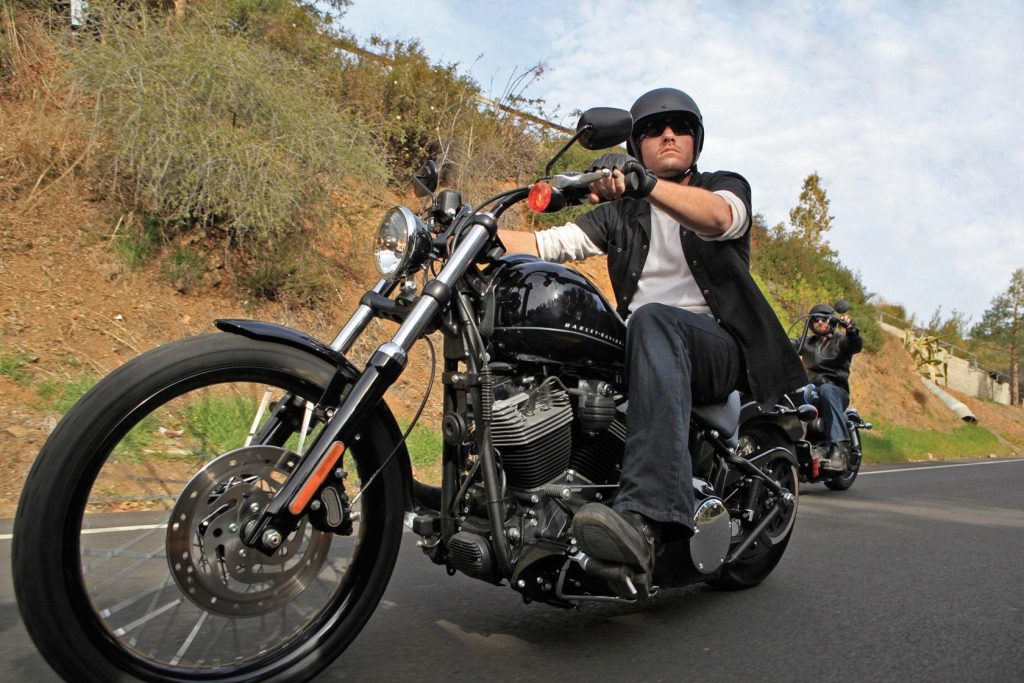 of the best decisions I ever made.”
of the best decisions I ever made.” business done by scrap metal recyclers. So, according to economists,
more car accidents would be a really good thing.”
business done by scrap metal recyclers. So, according to economists,
more car accidents would be a really good thing.”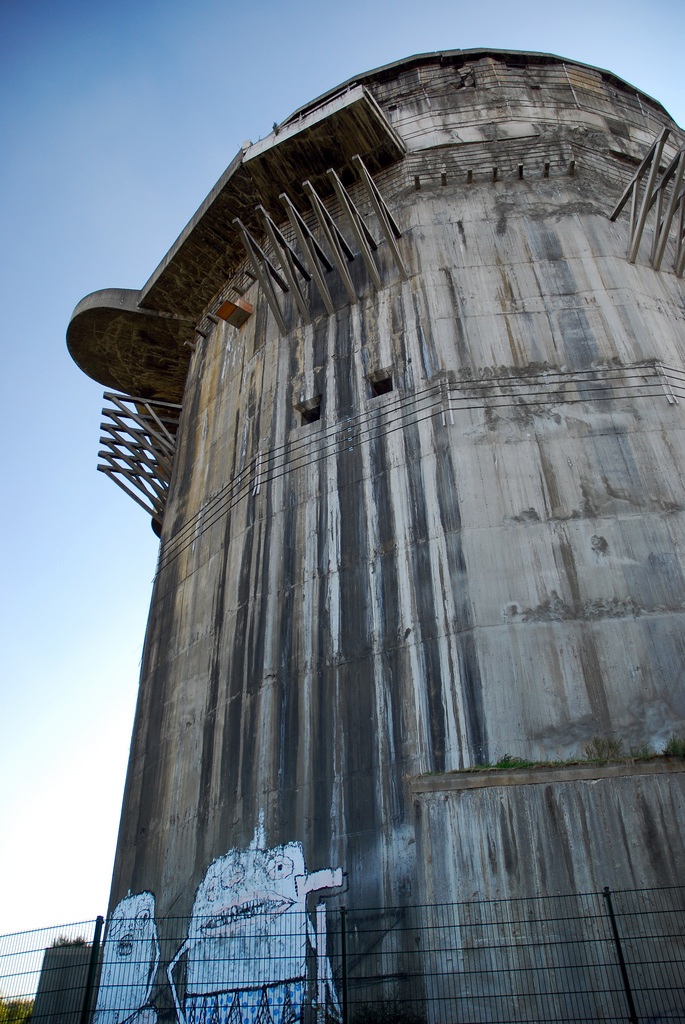
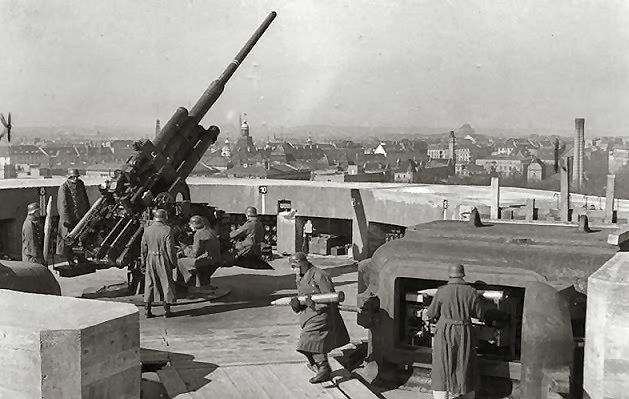
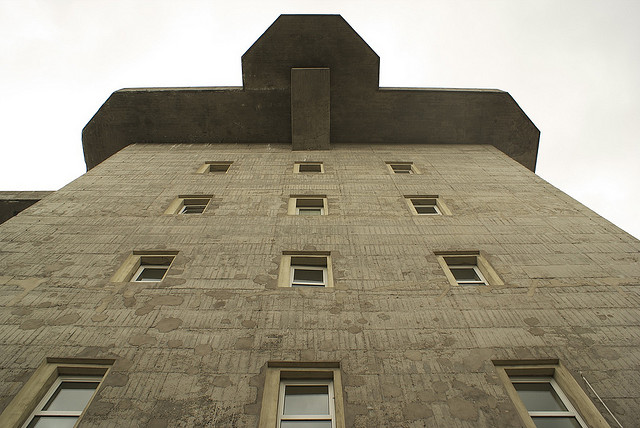 The
Soviets, in their assault on Berlin, found it difficult to inflict
significant damage on the flak towers, even with some of the largest
Soviet guns, such as the 203 mm howitzers. Soviet forces generally
manoeuvred around the towers, and eventually sent in envoys to seek
their submission. Unlike much of Berlin, the towers tended to be fully
stocked with ammunition and supplies and the gunners even used their
anti-aircraft 20 mm cannons to defend against assault by ground units.
The Zoo Tower was one of the last points of defence, with German
armoured units rallying near it at Tiergarten, before trying to break
out of the encircling Soviet Red Army.
The
Soviets, in their assault on Berlin, found it difficult to inflict
significant damage on the flak towers, even with some of the largest
Soviet guns, such as the 203 mm howitzers. Soviet forces generally
manoeuvred around the towers, and eventually sent in envoys to seek
their submission. Unlike much of Berlin, the towers tended to be fully
stocked with ammunition and supplies and the gunners even used their
anti-aircraft 20 mm cannons to defend against assault by ground units.
The Zoo Tower was one of the last points of defence, with German
armoured units rallying near it at Tiergarten, before trying to break
out of the encircling Soviet Red Army.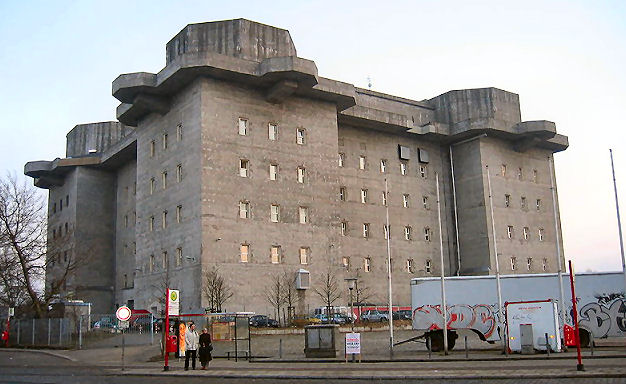
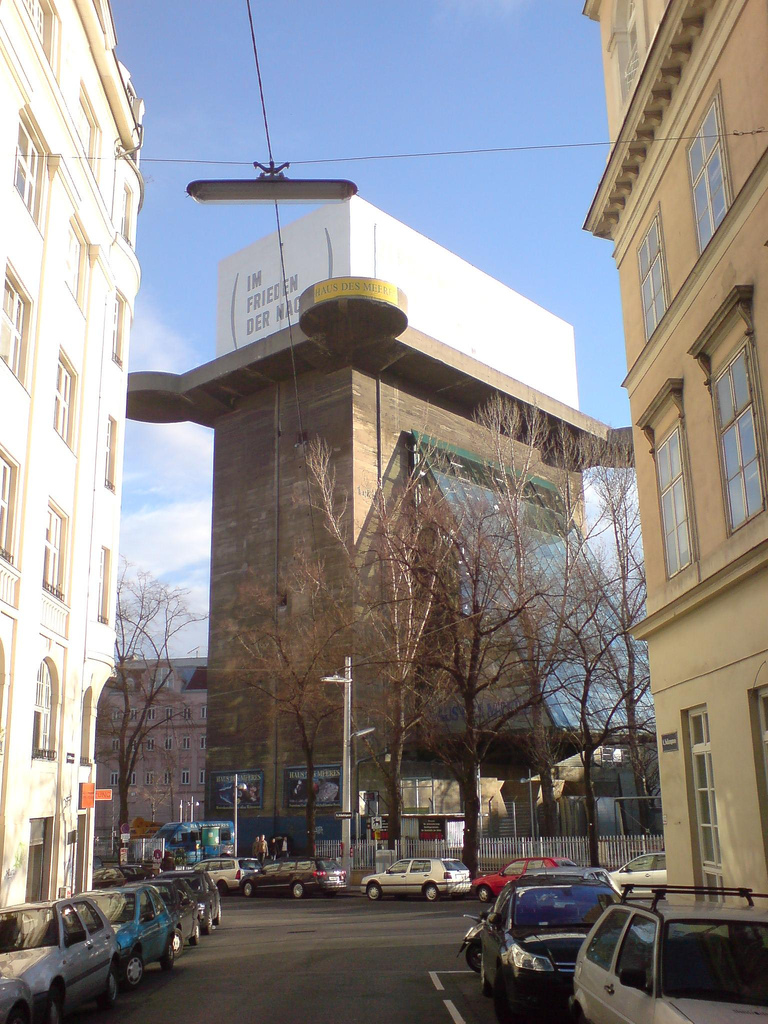
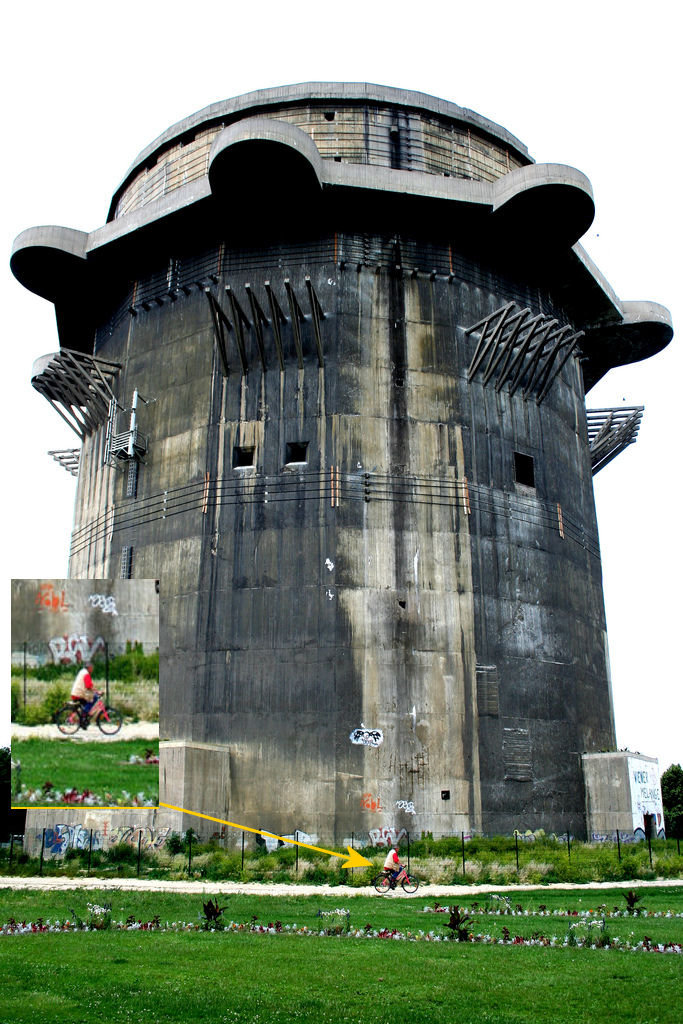
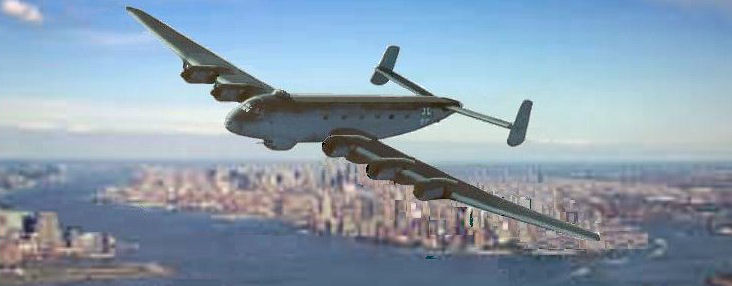 reconnaissance bomber, a Junkers Ju-390 took off from its base in Norway
and flew out across the Atlantic Ocean. Among its supposed four man crew
was a brave and daring woman Anna Kreisling, the ‘White Wolf of the
Luftwaffe’, a nickname she had acquired because of her frost blonde hair
and icy blue eyes. Anna was one of the top pilots in Germany and even
though she was only the co-pilot on this mission, her flying ability was
crucial to its success.
reconnaissance bomber, a Junkers Ju-390 took off from its base in Norway
and flew out across the Atlantic Ocean. Among its supposed four man crew
was a brave and daring woman Anna Kreisling, the ‘White Wolf of the
Luftwaffe’, a nickname she had acquired because of her frost blonde hair
and icy blue eyes. Anna was one of the top pilots in Germany and even
though she was only the co-pilot on this mission, her flying ability was
crucial to its success.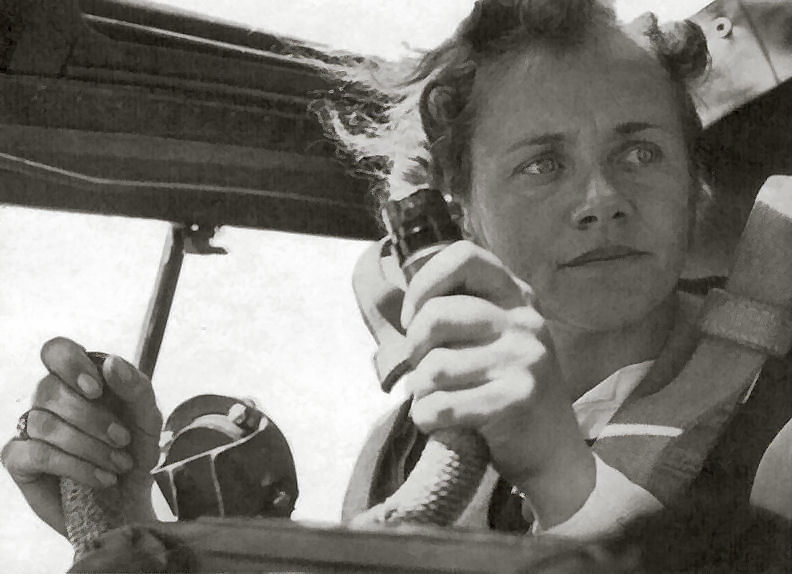 disappeared into the vastness of the Atlantic Ocean and fourteen hours
later, Anna would bring the huge bomber in to land at a Luftwaffe base
outside of Paris.
disappeared into the vastness of the Atlantic Ocean and fourteen hours
later, Anna would bring the huge bomber in to land at a Luftwaffe base
outside of Paris. 
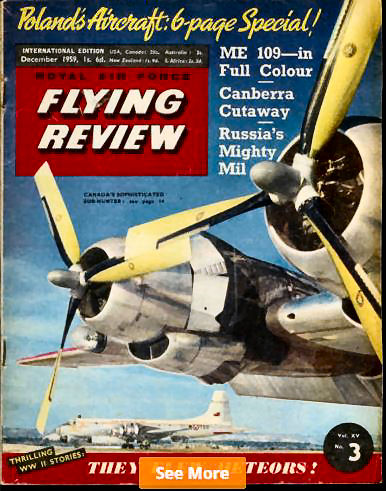 to the US then back again appeared in a letter published in the November
1955 issue of the British magazine RAF Flying Review, of which aviation
writer William Green was an editor. The magazine's editors were
skeptical of the claim, which asserted that two Ju 390s had made the
flight, and that it included a one-hour stay over New York City. In
March 1956, the Review published a letter from an RAF officer which
claimed to clarify the account. According to Green's reporting, in June
1944, Allied Intelligence had learned from prisoner interrogations that
a Ju 390 had completed a 32-hour reconnaissance flight to within 19 km
of the U.S. coast, north of New York City but this was rejected just
after the war by British authorities. Aviation historian Dr. Kenneth P.
Werrell states that the story of the flight originated in two British
intelligence reports from August 1944 which were based in part on the
interrogation of prisoners and titled General Report on Aircraft Engines
and Aircraft Equipment. The reports claimed that the Ju 390 had taken
photographs of the coast of Long Island but these photos have never come
to life.
to the US then back again appeared in a letter published in the November
1955 issue of the British magazine RAF Flying Review, of which aviation
writer William Green was an editor. The magazine's editors were
skeptical of the claim, which asserted that two Ju 390s had made the
flight, and that it included a one-hour stay over New York City. In
March 1956, the Review published a letter from an RAF officer which
claimed to clarify the account. According to Green's reporting, in June
1944, Allied Intelligence had learned from prisoner interrogations that
a Ju 390 had completed a 32-hour reconnaissance flight to within 19 km
of the U.S. coast, north of New York City but this was rejected just
after the war by British authorities. Aviation historian Dr. Kenneth P.
Werrell states that the story of the flight originated in two British
intelligence reports from August 1944 which were based in part on the
interrogation of prisoners and titled General Report on Aircraft Engines
and Aircraft Equipment. The reports claimed that the Ju 390 had taken
photographs of the coast of Long Island but these photos have never come
to life.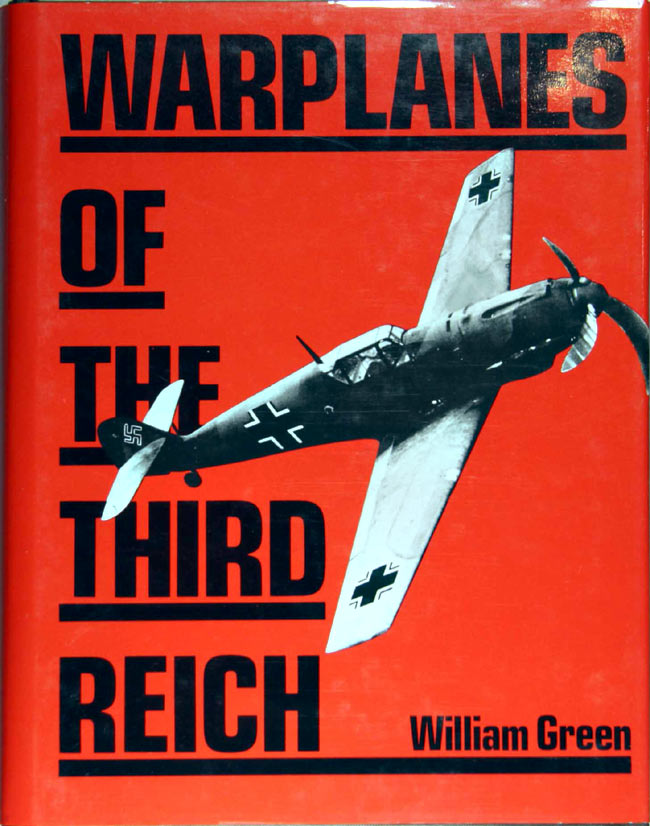 Flying Review account, including William Green’s respected Warplanes of
the Second World War (1968) and Warplanes of the Third Reich (1970) but
without ever citing reliable sources. Further authors then cited these
books as their source for the claimed flight however, Green himself said
many years later that he no longer placed much credence in the flight.
Flying Review account, including William Green’s respected Warplanes of
the Second World War (1968) and Warplanes of the Third Reich (1970) but
without ever citing reliable sources. Further authors then cited these
books as their source for the claimed flight however, Green himself said
many years later that he no longer placed much credence in the flight.